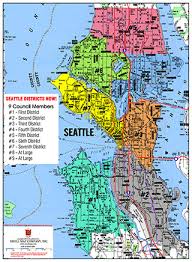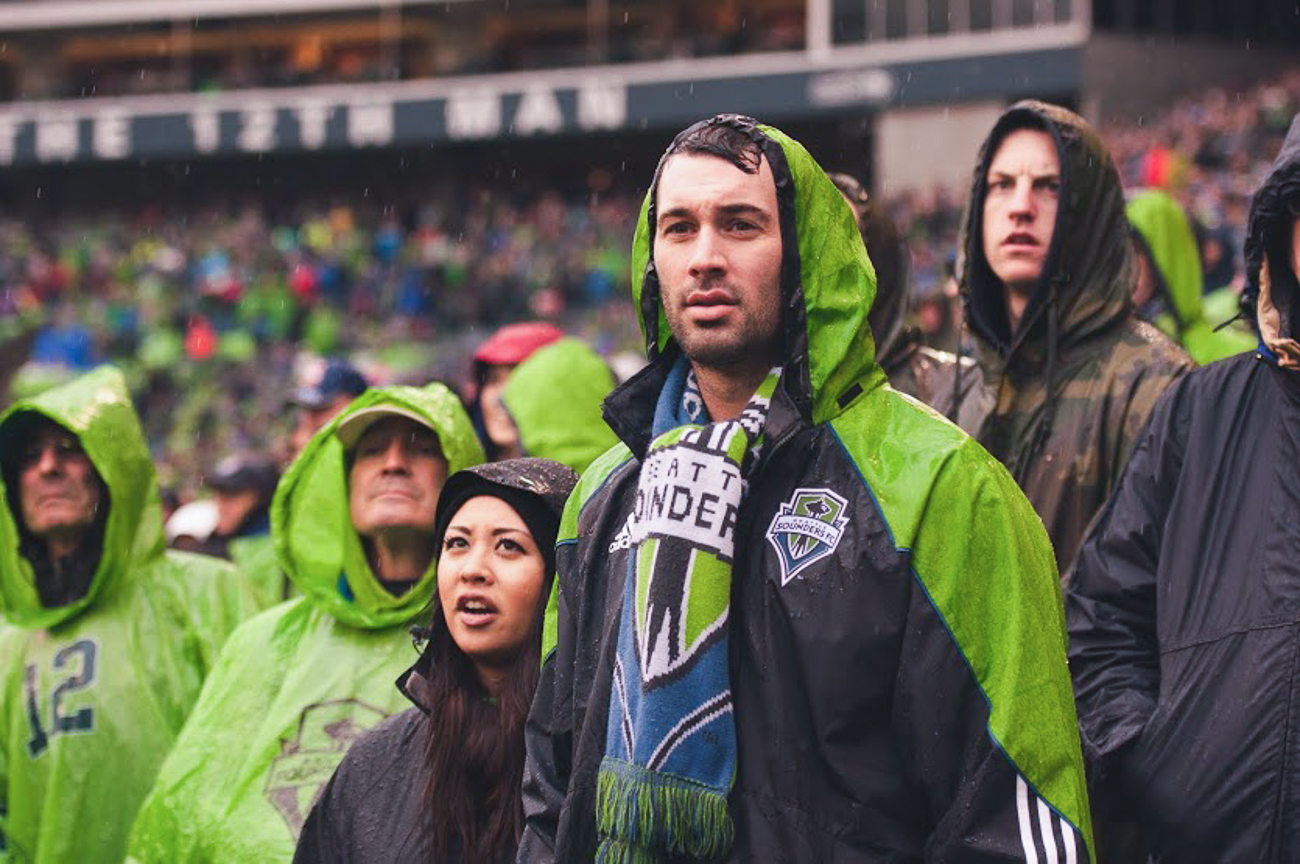Admittedly, that headline makes the implications of Seattle’s recently approved Charter Amendment 19 sound bad. That’s not necessarily the case. In reality, Charter Amendment 19 could end up being a very good thing for the city. But there’s no question that establishing neighborhood districts for Seattle City Council elections will shake things up – starting in 2015.
Thanks to the will of the people, a City Council that was previously made up of nine at-large seats will now be comprised of seven neighborhood district seats and two at-large spots. In 2015 – two short years from now – all nine seats will be up for grabs, with the seven district seats elected to four-year terms, and the two at-large seats elected to a one-time two-year term. Then, in 2017, the at-large seats will again be up for election, this time for four-year terms – putting the at-large positions on the same schedule as Seattle mayoral and City Attorney elections.
One of the ways this development is going to shake up the City Council is very obvious: Council members will be required to live in the district they represent (duh!). By rule, Council hopefuls will need to have lived in the district they hope to represent for at least 120 days prior to filing, and, if elected, reside in the district for the entirety of their term.
Bottom line: There’s almost no way the Seattle City Council of today will be the Seattle City Council that emerges from the 2015 election. There will have to be changes, and some difficult decisions will need to be made. For instance, both Sally Clark and Bruce Harrell live in south Seattle, which is now District 2. Both Tim Burgess and Sally Bagshaw live in District 7 (Bagshaw downtown, and Burgess in the rarefied air of Queen Anne). And Licata and O’Brien both call District 6 home. All of this is to say that three of the new districts have two current Council members residing in them. With only two at-large positions to seat the displaced, it means unless someone summons a U-Haul truck, at least one current Council member – Clark, Harrell, Burgess, Bagshaw, Licata or O’Brien – will need to find a new calling in the post Charter Amendment 19 world. Possibly more.
(Councilmember Tom Rasmussen is all by himself in West Seattle’s District 1; Conlin lives in Madrona, which is District 3; and Jean Godden lives in the Magnusson area of District 4. No current Council member lives in north Seattle’s District 5.)
“It’s all the talk here,” one Council staffer told Seattle Weekly about the implications of the new districts.
Of course, there are other implications, and questions to be answered. In this new Council configuration, at least in theory, the sway held by particular neighborhoods figures to change. For starters, Seattle’s downtown business core will have only one guaranteed voice at the table – District 7. Meanwhile the bulk of Seattle’s minority citizens will be represented by District 2, a fact that is already drawing concern from the likes of former head of the Seattle Human Rights Commission Chris Stearns. And not to be ignored, details like staff size and compensation – especially when it comes to the two at-large seats – still need to be decided.
At this point it seems like no one knows exactly how things will play out, aside from the fact there’s a major shake-up on the Council coming in 2015.
You can find the new districts map here.








